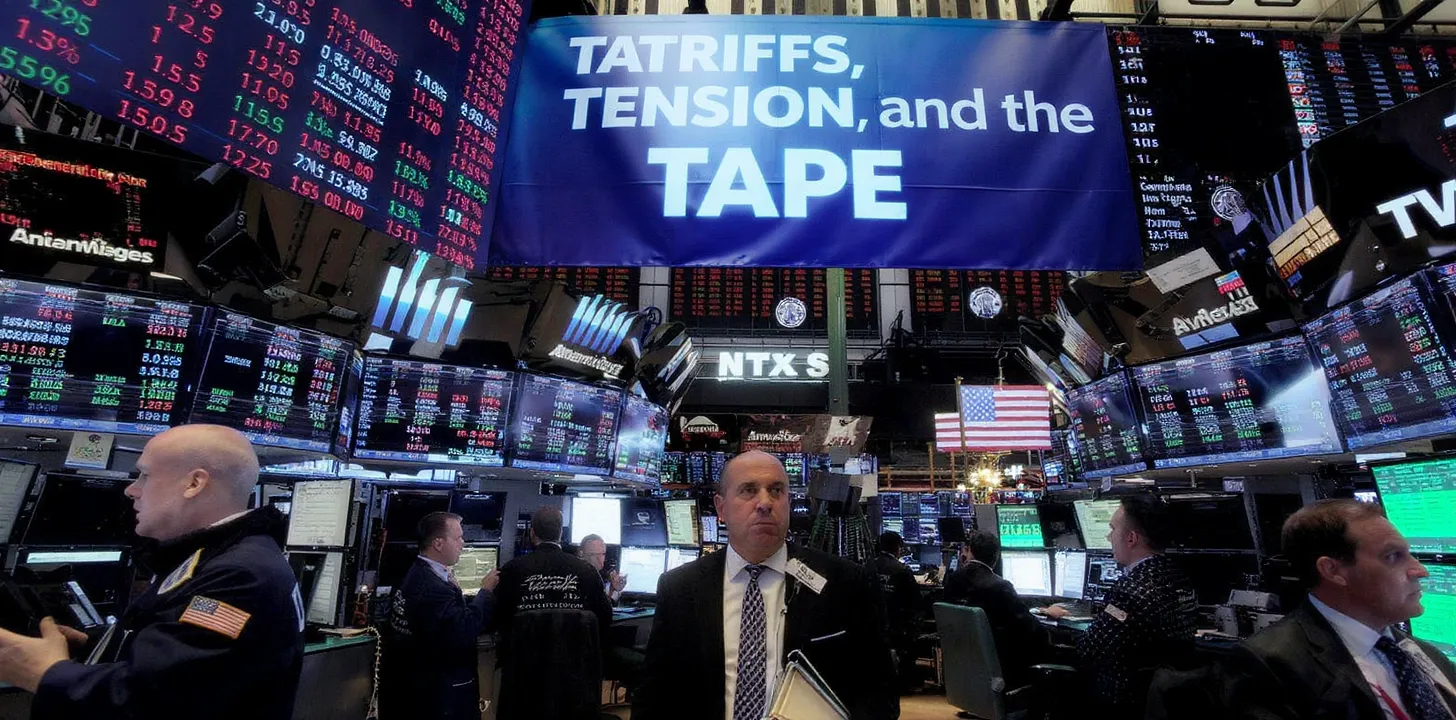Tech Sector Recalibration: Understanding the Shifting Dynamics in Big Tech Valuations
Market Paradigm Shift: From AI Euphoria to Fundamental Reconsideration
The recent market movements in the technology sector, particularly highlighted by Nvidia's 2% decline and broader pressure on tech giants, signal a significant recalibration in how investors are approaching technology valuations. This shift comes at a crucial juncture where the intersection of monetary policy expectations and fundamental business metrics is forcing a comprehensive reassessment of growth assumptions in the sector.
Monetary Policy's Amplified Impact on Technology Valuations
The technology sector's current trajectory is inextricably linked to the evolving monetary policy landscape. With mounting evidence suggesting the Federal Reserve's reluctance to implement rate cuts in 2025, we're witnessing a fundamental repricing of growth assets. This dynamic is particularly pronounced in the technology sector, where valuations have historically demonstrated heightened sensitivity to interest rate expectations.
The pressure on companies like Nvidia, which had experienced nearly quintupled valuations over the past three years amid artificial intelligence enthusiasm, exemplifies this reassessment. The company's recent 2% decline, while modest in isolation, represents a broader market recognition that the era of ultra-low interest rates that fueled unprecedented technology valuations may be reaching its terminus.
Structural Market Changes and Their Implications
The market's response to these developments reveals several structural changes in how technology investments are being evaluated:
- Valuation Metrics Recalibration: Investors are increasingly focusing on traditional valuation metrics rather than growth potential alone. This shift is evidenced by the market's discriminating response to different technology subsectors.
- Liquidity Premium Adjustment: The prospect of sustained higher interest rates is forcing a reassessment of the liquidity premium assigned to technology stocks, particularly affecting market leaders like Apple and Meta Platforms.
- Sector Rotation Dynamics: The simultaneous strengthening in traditional sectors, such as energy, suggests a strategic reallocation of capital toward value-oriented sectors with stronger near-term cash flow characteristics.
Future Trajectory and Strategic Considerations
Looking ahead, several key factors will likely influence the technology sector's trajectory:
- Interest Rate Sensitivity: The sector's performance will remain closely tied to interest rate expectations, with particular attention to the Federal Reserve's communication and economic data releases.
- Earnings Quality: There will likely be increased scrutiny of earnings quality and cash flow generation capabilities.
- Competitive Dynamics: The market will closely monitor how companies maintain their competitive advantages in an environment of higher capital costs.



